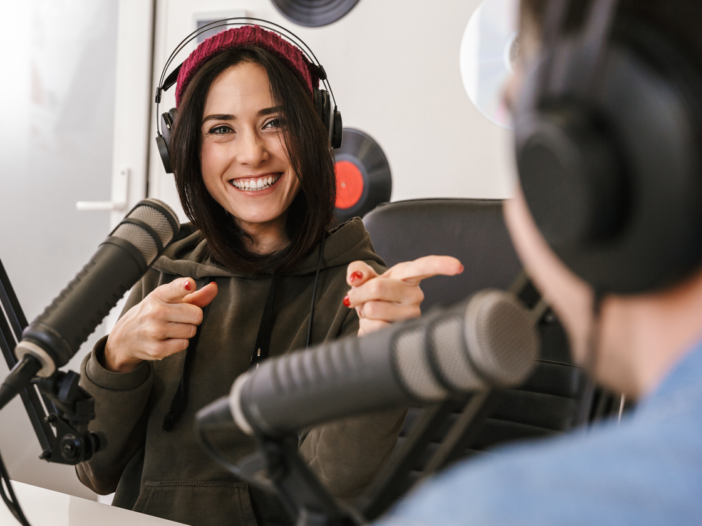
Join this leadership discussion for proven techniques to build long-term relationships and keep your clients coming back.
Maximize your SEO efforts in 2024 with insights on Google’s SGE, algorithm updates, and expert tips to keep your site ahead.
Download this guide and learn how to optimize and manage Google Performance Max campaigns, with expert insights and actionable strategies to ensure your campaigns are effective.
Discover the latest trends, tips, and strategies in SEO and PPC marketing. Our curated articles offer in-depth analysis, practical advice, and actionable insights to elevate your digital marketing efforts.
Join three of Reddit’s top executives in this exclusive AMA (Ask Me Anything) to discover how you can tap into Reddit’s unique platform to drive brand growth.
Join this leadership discussion for proven techniques to build long-term relationships and keep your clients coming back.
What’s the first step to starting a podcast? Investing in quality podcast equipment! Here are 10 perfect podcast microphones to consider.
Guess what? Podcast content is now part of Google’s SEO indexing.
That’s the good news.
The bad news is if you don’t have a podcast, you’ll miss out on a huge opportunity to gain a larger following, establish your brand, and gain authority online.
So, what’s the first step to starting a podcast?
Investing in quality podcast equipment!
To start, let’s get into the perfect podcast microphone.
Sure, you can start your podcast with your smartphone or the headset you use to make Skype calls.
You can easily upgrade to better gear down the road, right?
But think of this.
Both Apple and Spotify pay special attention to newly released podcasts.
Apple even has a section called new and noteworthy, where it highlights the best podcasts released over a two-week timeframe.
As a podcaster, this is a huge opportunity to grow your following right from the start.
But you can’t be on the new and noteworthy list with podcast content that sounds sharp and tinny.
If you hurt your listeners’ ears, even your standout content won’t make them stick around.
To do things right, start with investing in an excellent recording microphone.
Picking the microphone that’s right for you depends on where you record, how much you’re willing to spend, and the type of podcasts you’ll create.
Here are 10 from different categories.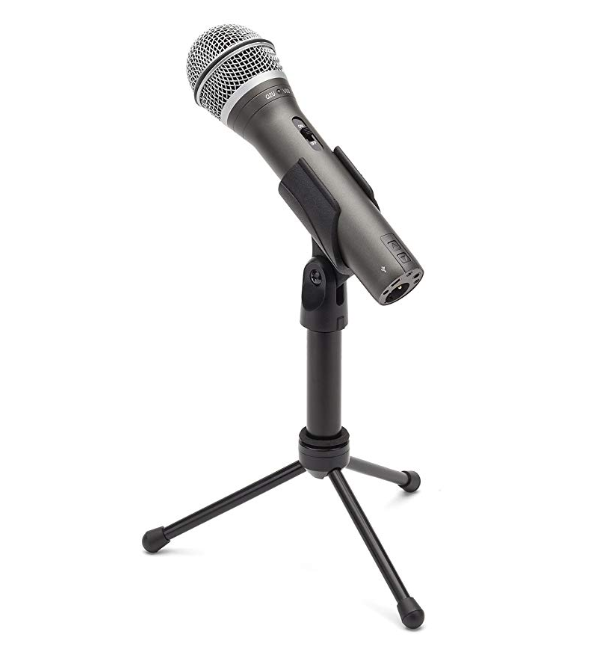
The Samson Q2U is priced below a hundred dollars, but its quality is a huge jump from what you’d get with your smartphone or headset.
Since it’s a dynamic microphone, your recordings will come out crisp and clear with minimal background noises.
You can also work with the Samson Q2U as you upgrade your podcast gear.
At the beginning, you can simply plug it into your computer through USB.
However, it also has XLR, a connector that allows pro equipment (like a digital recorder or mixer) to be connected to it.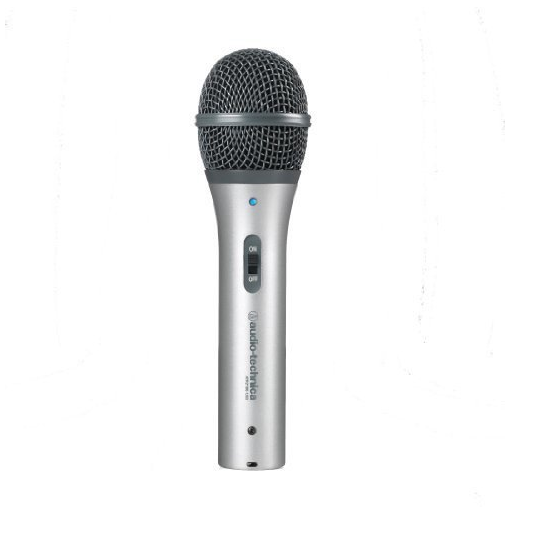
It’s an amazing device!
This is the one I personally use for everything I record, including my narration of my brand new book on Audible.
This microphone is similar to the Q2U.
It can also be connected by both USB and XLR, cancels background noises, and offers good sound quality.
When deciding over this one and the Q2U, it boils down to the microphone’s design.
The ATR2100 is brighter than the standard microphone, with a shiny aluminum body and minimalistic features.
Want to get started on condenser microphones to better catch the nuances of your voice?
At entry level, the MXL 990 is an excellent choice.
Like all condenser microphones, it captures sound in all directions, so you need to use it in a soundproof studio.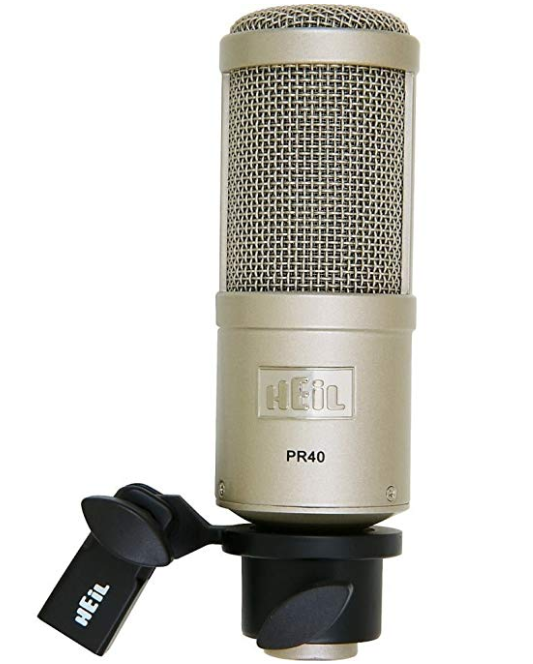
The Heil PR40 is popular with musicians because it captures a wide range of frequency.
This feature is great for podcasters because it allows the microphone to respond extremely well to the entire human vocal range.
What you get is clear, crisp, nuanced sound recordings.
Since it’s a dynamic microphone, it won’t capture a lot of background noise and you won’t have to spend hours refining your podcast episodes.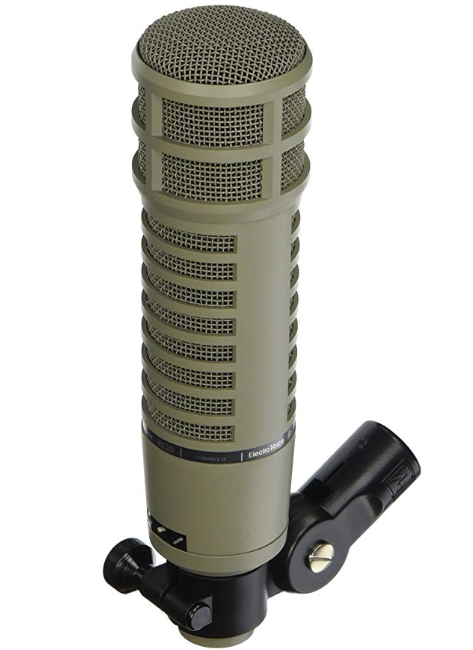
Warning: The Electro-Voice RE20 is not cheap.
It costs more than $400, and that doesn’t include the equipment it needs to function.
However, this is one of the best recording microphones out there.
It captures sound flawlessly, making your recording sound like it’s been cleaned and post-processed.
Its transient response is excellent, allowing it to quickly respond to changes in sound as it records.
It’s also extremely durable, and you don’t need to worry about moisture or heat with this solid mic.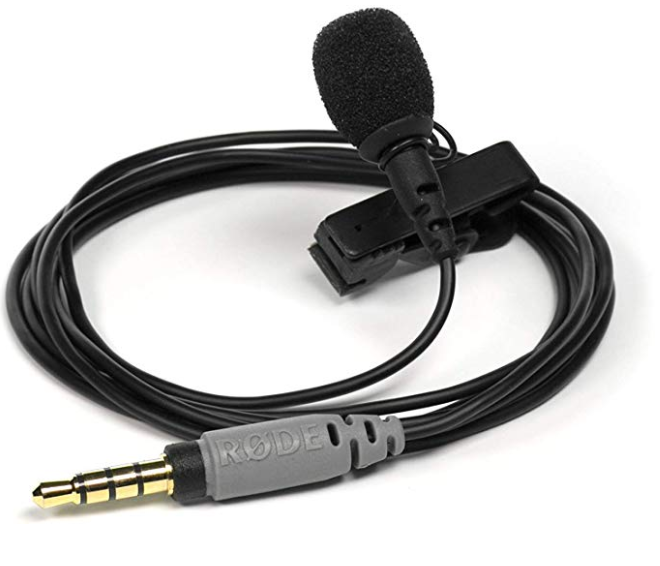
Considering its size, you’ll be surprised how good the Rode Smartlav+ sounds.
Specially designed for use with a smartphone, you can take it with you anywhere for impromptu interviews.
Simply attach the microphone to your shirt, plug the cable into your phone, and you’re ready to go!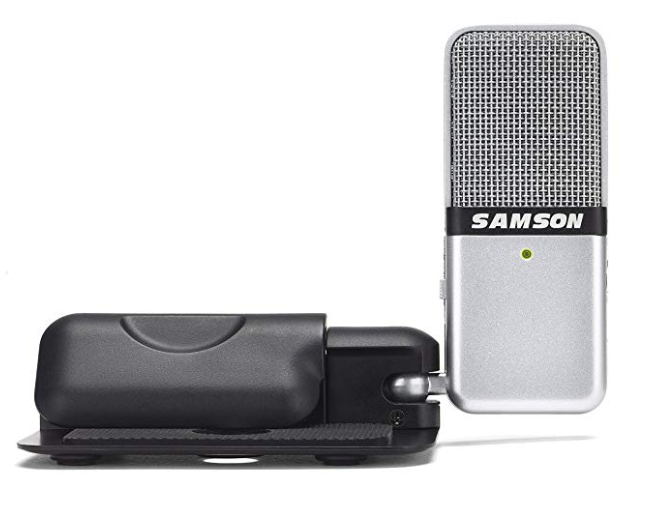
If you prefer a handheld microphone when you record podcasts on the road, the Go Portable Microphone is an excellent choice.
This microphone has an omnidirectional polar pattern, so you can use it if you’re a keynote speaker recording in a large area.
Close-up recordings also work excellently because of its cardioid polar pattern.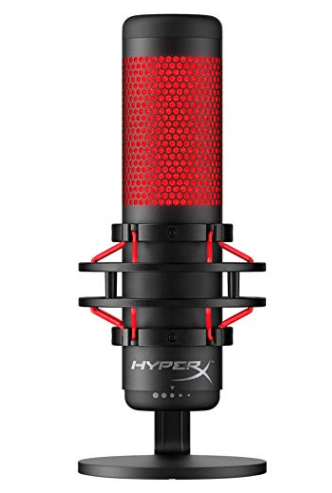
When you livestream, you don’t have time to edit your recording before it reaches your listeners.
In this case, the HyperX Quadcast microphone is the one for you.
The HyperX Quadcast microphone eliminates plosives, the hard consonant sounds like P, T, and K that cause wind noises in your recordings.
With this microphone, you can even record outdoors and still get stellar quality!
The Shure SM7b is highly esteemed by experts and audiophiles. In fact, the legendary Michael Jackson used this microphone to achieve his pristine soundtracks.
If you’re looking for a rich, warm sound, you’ll love what this mic can do for you. However, remember that it’s meant for expert use.
If you’re a beginner and have trouble with breathing noises, lip smacks, and plosive sounds, this intensely sensitive microphone is not the best for you.
The Blue Yeti microphone is great because you can use it to record group, two-person, or solo recordings.
Because it has three different condenser capsules, you can use it either indoors or outdoors. It’s also super easy to use – pull it out of its box, plug it in with either USB or XLR, and start recording!
One size doesn’t fit all when it comes to podcasting microphones. The key to picking the right one is to determine your needs.
Remember, quality sound will pay off in spades once your podcast goes live.
More Resources:
Image Credits
In-Post Image #1: Amazon.com
In-Post Image #2: Amazon.com
In-Post Image #3: Amazon.com
In-Post Image #4: Amazon.com
In-Post Image #5: Amazon.com
In-Post Image #6: Amazon.com
In-Post Image #7: Amazon.com
In-Post Image #8: Amazon.com
In-Post Image #9: Amazon.com
In-Post Image #10: Amazon.com
Julia McCoy is an 8x author and a leading strategist around creating exceptional content and presence that lasts online. As …
Conquer your day with daily search marketing news.
Join Our Newsletter.
Get your daily dose of search know-how.
In a world ruled by algorithms, SEJ brings timely, relevant information for SEOs, marketers, and entrepreneurs to optimize and grow their businesses — and careers.
Copyright © 2024 Search Engine Journal. All rights reserved. Published by Alpha Brand Media.